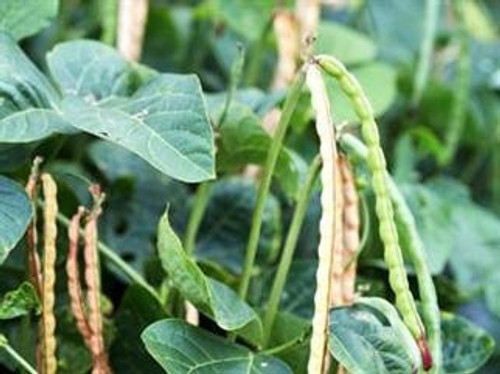

Iron Clay Cowpea
Description
The annual leguminous Ironclay Cowpeas truly are a dual-purpose crop. In the South, they are a favorite for wild game food plots, whereas in drier agricultural areas in the Southwest, they are a perfect warm-season cover crop. As a food plot, Cowpeas provide forage and seeds for deer and game birds. They are planted in early spring, either alone or as strips mixed between other crops. They have extremely high forage yields, with high protein levels, and are most productive throughout the summer.
Cowpeas are generally very tolerant to grazing pressure and, once established, have good re-growth. They will also produce seed pods in late summer that make excellent quail and turkey food as they dry and shatter. As a cover crop, Cowpeas provide an alternative to fallow land in the unproductive hot and dry summers of the Southwest. They also provide a much-needed soil nutrient boost at the same time.
Cover crops are grown primarily to enrich the soil but also help to reduce dust pollution. Desert soils are notoriously low in organic matter, which limits the ability of the soil to hold nutrients and water and support root growth. A leguminous cover crop actively adds up to 130 lbs/acre of nitrogen to the soil. This is particularly useful to organic vegetable growers who have few other sources of approved nitrogen fertilizer, but conventional growers are increasingly turning to cover crops as an alternative to expensive synthetic fertilizers as well. Cowpeas are grown like soybeans. They are frost-sensitive but fast-growing in hot weather.
Sow in spring once soil temperatures have warmed. Drill at 25-50 lb/acre or broadcast up to 120 lb/acre. Long taproots help withstand drought. Seeds Per Pound: 4000 Acre Rate: 25-50 lbs Lbs per 1000sq feet: 3-5 lbs
Zone
Planting Information
Plant Characteristics

